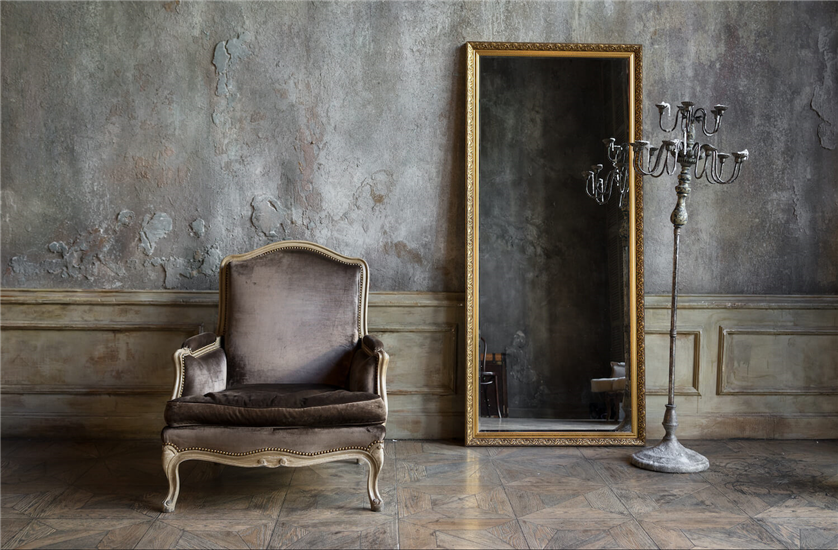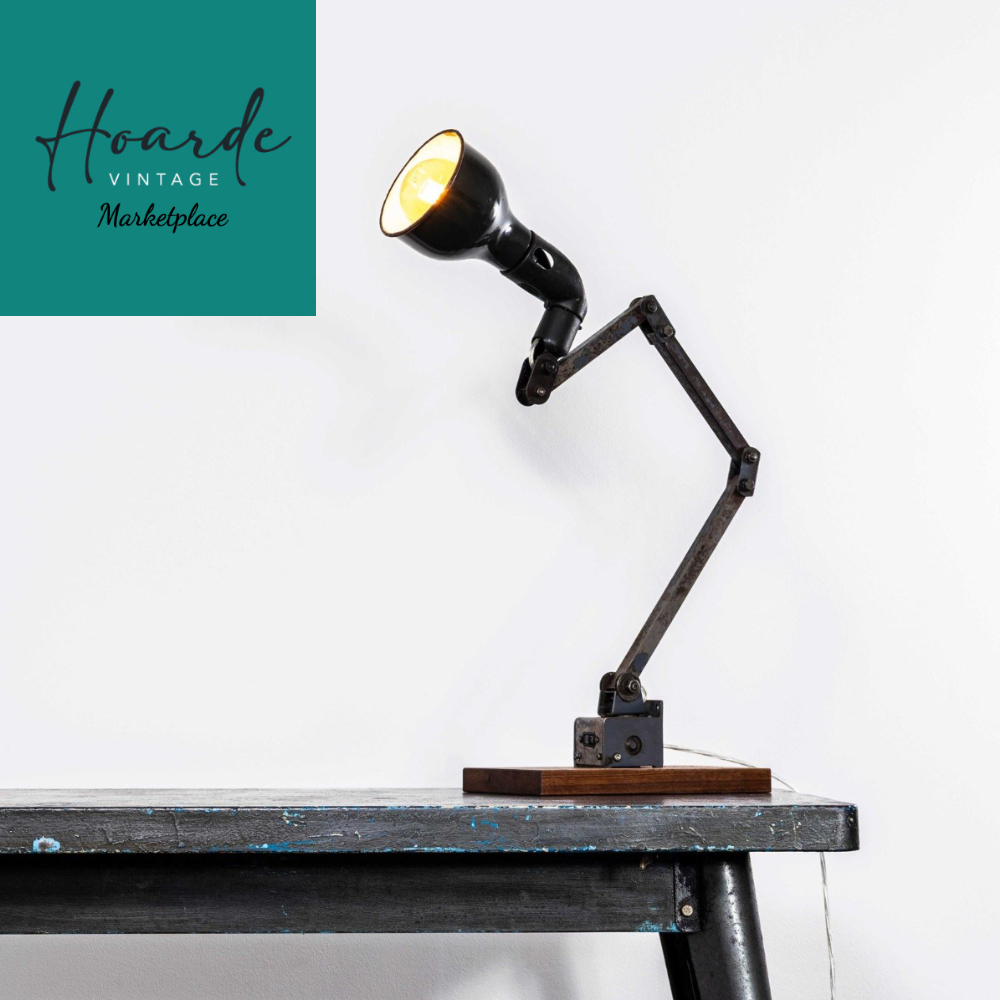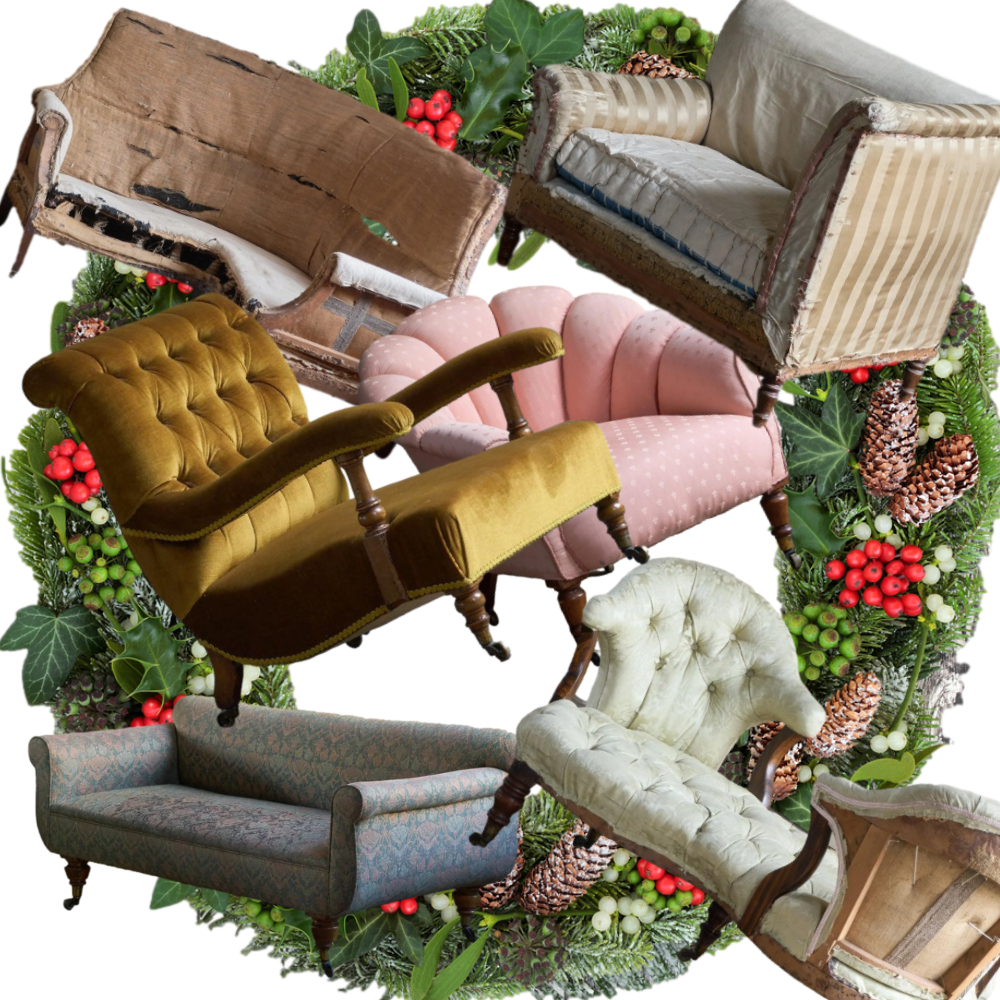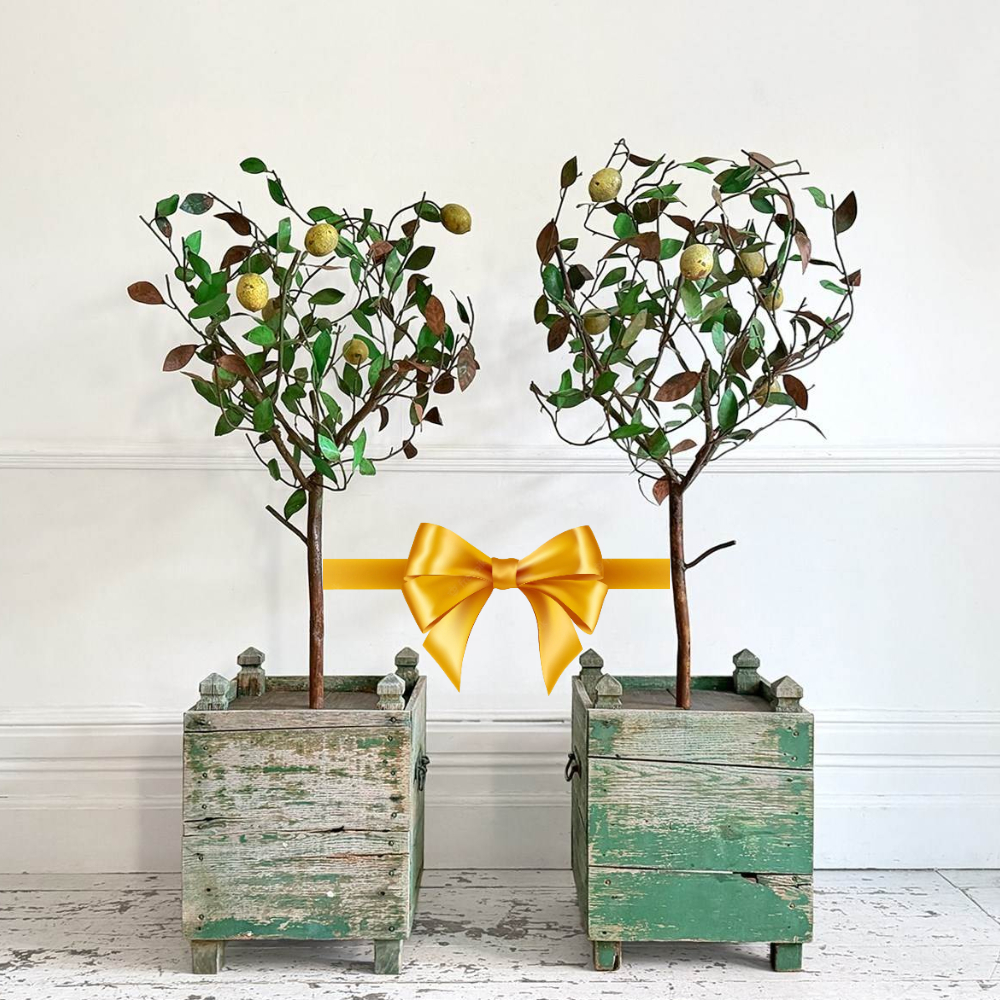
Here at Decorative Collective, we make it easy to find antique mirrors that you can purchase from trusted sellers. When you have found a suitable mirror, simply contact the seller through our site, and a link to their PayPal account will be provided if you wish to proceed. What could be simpler?
Read on to learn more about the types of antique mirrors you will find at Decorative Collective and find answers to some of your most frequently asked questions.
How old does a mirror have to be to be antique?
Like all antiques on sale today, it is generally considered that 100 years of age is the threshold between an item described as vintage or a genuine antique.
Mirrors that have been mass-produced since the early twentieth century fall into this category. That said, mirrors that are seven or eight decades old are still sometimes referred to as antiques even though they don't officially fit the bill.
Vintage mirrors are somewhere between 20 and 100 years old.
How can I tell how old a mirror is?
The older a mirror is, the more inconsistency you can see in its reflection. Sometimes, there are clear signs of age, such as spotting, but mirrors also tend to become wavier the older they are.
Antique mirrors made in the latter half of the nineteenth century onwards tend to be much thinner than older examples. Look at the mirror's edge to get an idea of its depth and, therefore, a clue to its age.
In some cases, the mirror's frame will provide clues about age, too. Look for the maker's name and signs of ageing, such as scuffs, since you'd expect to see these with older mirrors.
Remember that no method is foolproof, so it is a question of exercising your judgement and not proving how old a particular mirror may be.
What should you look for in an antique mirror?
First and foremost, you should look for the types of antique mirrors that appeal to you the most. At Decorative Collective, you'll find examples of all kinds of antique mirrors – cheval (floor-standing), hand, dressing table, and wall-mounted mirrors.
When it comes to antique mirrors, scarcity tends to add value. Simply put, older mirrors tend to be more sought-after simply because fewer of them exist.
If you are looking for signs of quality that have stood the test of time, look for bevelled edges around the glass. These took more time and effort to produce, indicating the mirror's higher quality. They also add strength to mirrors, another good thing if you want one that will continue to last or become an heirloom.
Chips, oxidation, scratches and cracks can all appear on antique mirrors. These features tend to give them antique character and should not deter you unless they are severe or undermine the mirror’s structural integrity.
How old can mirrors be?
Antique mirrors can be centuries old—some of the earliest examples date back to the late 1600s.
Older glass-based mirrors are typically round and convex, meaning they don't produce a true likeness when looking into them. Flatter mirrors were not developed until much later.
If a mirror is from an even earlier period, then it will have been made from polished metal and won't be a true mirror in the modern sense of the word.






